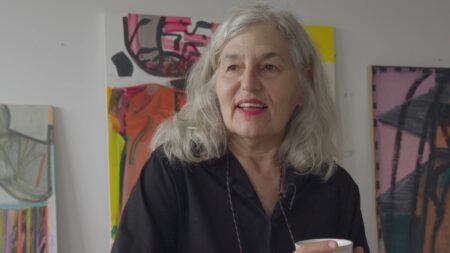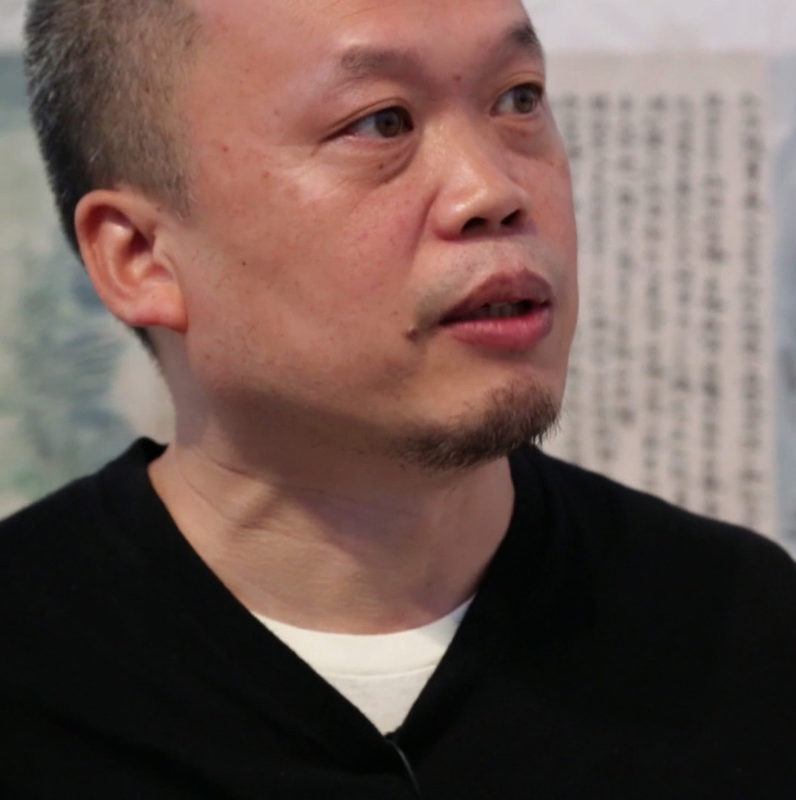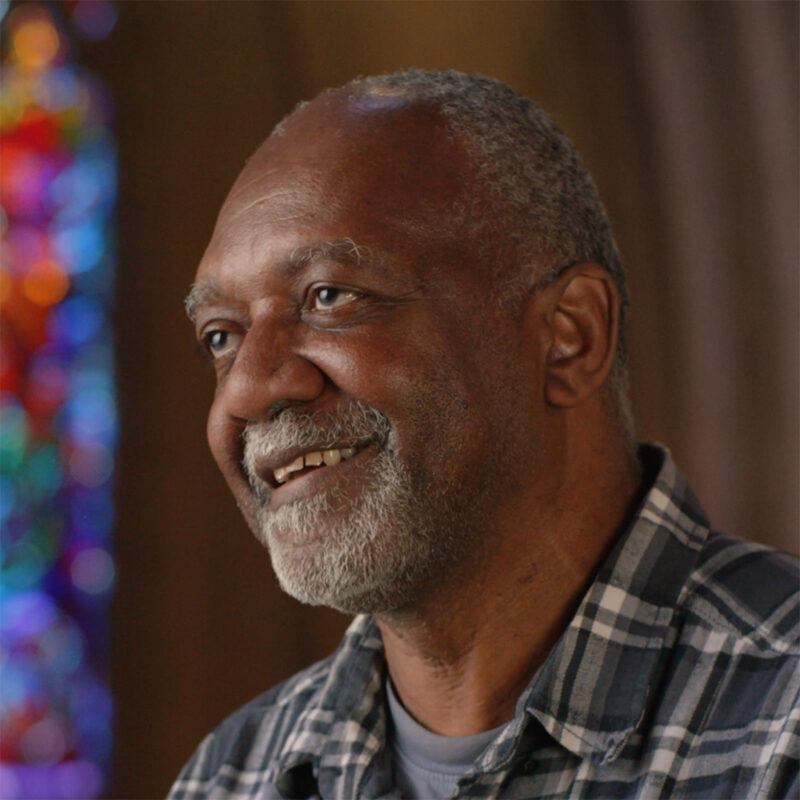Continue playing
(Time remaining: )
Play from beginning
Continue playing "{{ controller.videos[controller.getVideo(controller.currentVideo)].segmentParentTitle}}"
{{controller.videos[controller.getVideo(controller.currentVideo)].title}} has ended.
Yun-Fei Ji with Kerry James Marshall at Prospect.3
Yun-Fei Ji explains the meaning behind his painted scroll to Kerry James Marshall at the Contemporary Art Center New Orleans for Prospect.3. Troubled by the dying culture of cities in China, Ji employs a historic method of storytelling to tell contemporary Chinese experience.
“People may abandon this because they don’t think it is modern, but it is,” says Marshall, “I’m interested in how the idea of modernity can evolve in those cultures outside the West.”
More information and creditsCredits
Artist to Artist Created & Produced by: Ian Forster. Editor: Morgan Riles. Cinematography: Ian Forster. Sound: Kyle Sheehan. Production Assistant: Christoph Lerch. Music: Pinch Music. An Art21 Workshop Production. © Art21, Inc. 2014. All Rights Reserved.
Kerry James Marshall at Prospect.3 was supported, in part, by The Lambent Foundation and by individual contributors.
Closed captionsAvailable in English, German, Romanian, Italian, Japanese, Korean, Chinese, Italian
Through the Art21 Translation Project, multilingual audiences from around the globe can contribute translations, making Art21 films more accessible worldwide.
Interested in showing this film in an exhibition or public screening? To license this video please visit Licensing & Reproduction.
Yun-Fei Ji was born in 1963 in Beijing, China, and now lives and works in New York, Ohio, and Beijing. Using traditional Chinese painting techniques and addressing contemporary social, environmental, and political issues, Ji’s work marries history with the present.
The subject matter of Kerry James Marshall’s paintings, installations, and public projects is often drawn from African American popular culture, and is rooted in the geography of his upbringing. Marshall’s work is based on a broad range of art-historical references, from Renaissance painting to black folk art, from El Greco to Charles White. A striking aspect of Marshall’s paintings is the emphatically black skin tone of his figures—a development the artist says emerged from an investigation into the invisibility of Black people in America and the unnecessarily negative connotations associated with darkness. The sheer beauty of his work speaks to an art that is simultaneously formally rigorous and socially engaged.


